Portrait of a man in profile
signed on the lower right
Pencil and heightenings of white gouache on paper
19.5 x 13 cm
Framed : 29 x 22.7 cm
Jules-Eugène Lenepveu is of course particularly well known for his large-scale paintings, such as the one on the ceiling of the Paris Opera, but his work here is much more delicate and intimate. We recognise the artist's mastery of talent, but the play of textures, with its highlights of white that enliven and illuminate the model's face, is also very subtle.
There's a particularly charming sense of life and impression of light.
Jules-Eugène Lenepveu was born in Angers on 12 December 1819, on the site of the street that now bears his name, into a family of small shopkeepers. The painter showed a deep attachment to his family throughout his life through his correspondence and the many portraits of his relatives.
He entered the drawing school in Angers in 1833, where he was a pupil of Jean-Michel Mercier. There he rubbed shoulders with the sculptor Ferdinand Taluet. He arrived in Paris in 1837 and entered the Beaux-Arts, where he was officially admitted to François-Édouard Picot's studio in 1838. He exhibited his work "L'Idylle" at the Salon of 1843 and, that same year, left for his first visit to Italy. He was awarded the Second Prix de Rome in 1843 for "Cincinnatus recevant les députés du Sénat" (Cincinnatus receiving the deputies of the Senate), then the First Prize in 1847 for "La Mort de Vitellius" (The Death of Vitellius).
A resident at the Villa Médicis from 1848, he was surrounded by painters Alexandre Cabanel, Léon Benouville, Gustave Boulanger, Félix Barrias, Isidore Pils, William Bouguereau, Paul Baudry and above all the architect Charles Garnier.
His historical and allegorical compositions made him famous:
Chosen by Charles Garnier, with whom he maintained a close artistic and friendly relationship throughout his life, he was responsible for the ceiling of the Paris Opera (1869-1871). Praised in its day, and classified as a Historic Monument in 1923, it has nevertheless been camouflaged since 1964, at the request of the Minister of Cultural Affairs André Malraux, by a removable work signed Marc Chagall and created by Roland Bierge and his two assistants. The debate that arose at that time is not over, and the reappearance of the original ceiling, a major element in the total work of art that is the Paris Opera designed by Charles Garnier, has been a topical issue since 2023.
He painted the ceiling of the Grand Théâtre in Angers (1871).
He was elected to the Académie des Beaux-Arts in 1869, then appointed director of the Villa Medici (French Academy in Rome) from 1873 to 1878, where his niece and pupil Joséphine Berthault accompanied him.
Between 1883 and 1894, in Paris, he helped decorate the Daru staircase in the Louvre palace, which leads to the Victory of Samothrace.
Between 1886 and 1890, he was responsible for the monumental fresco depicting the life of Joan of Arc at the Paris Pantheon.
He also created numerous church decorations in Angers, Chantilly and Paris (Sainte-Clotilde, Saint-Ambroise, Saint-Louis-en-l'Île, Saint-Sulpice). Some of his works are in the Musée d'Orsay in Paris, the Musée d'Angers and the Villa Medicis in Rome.
He died in Paris on 16 October 1898.
An exhibition was devoted to him in 2023 at the Musée des Beaux Art in Angers.








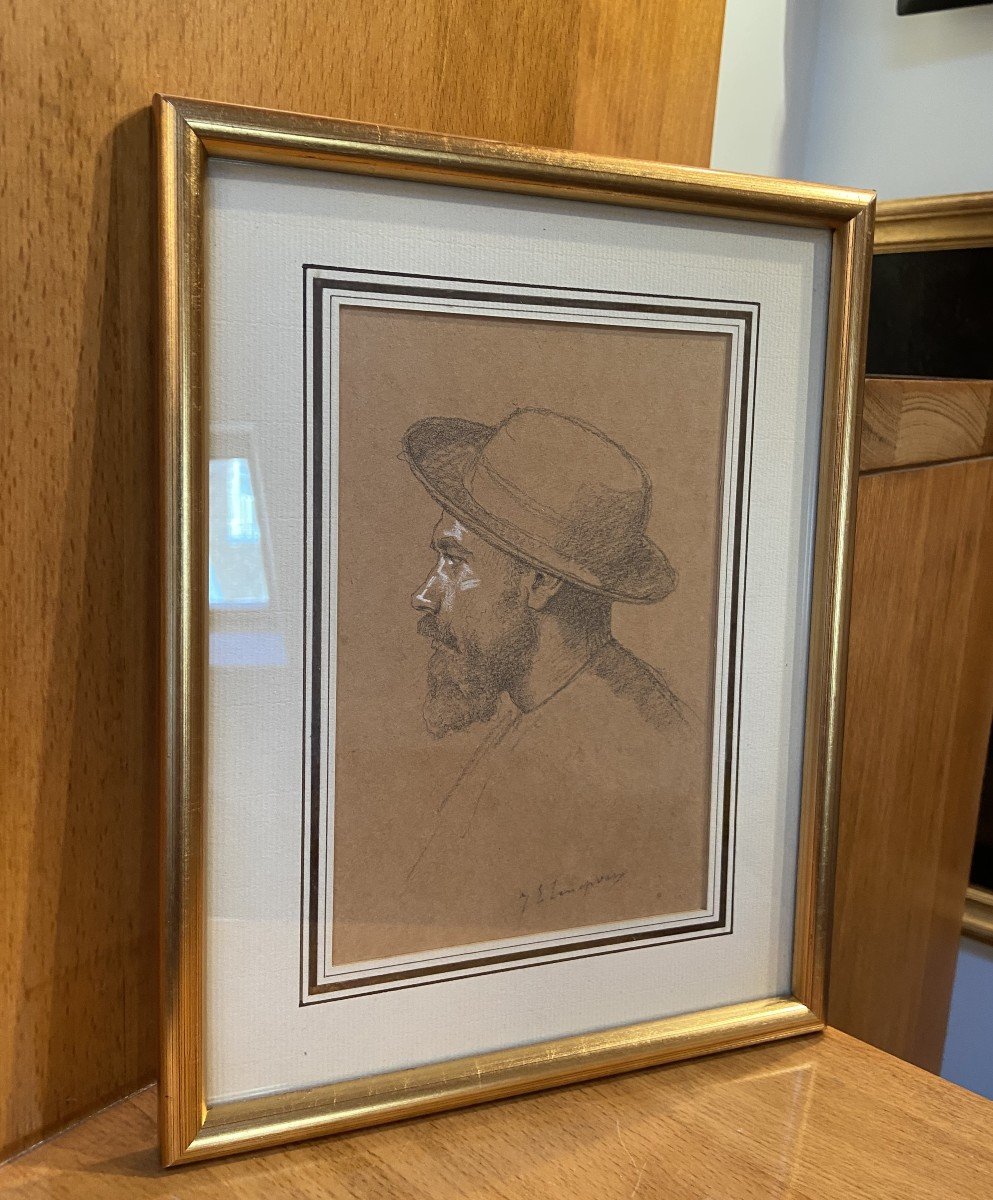











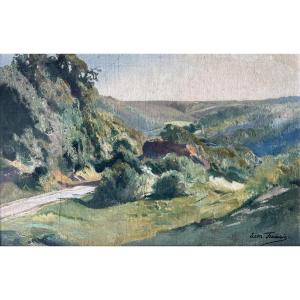
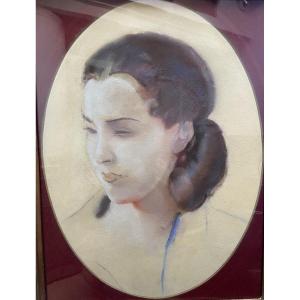
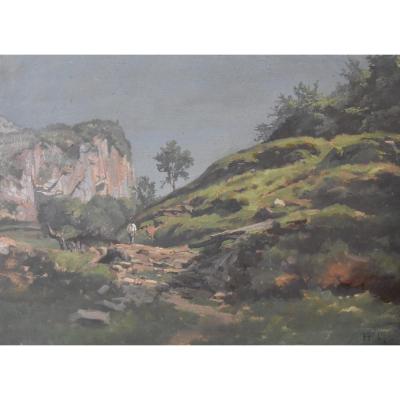
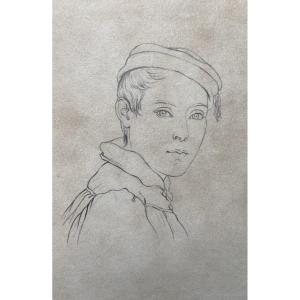



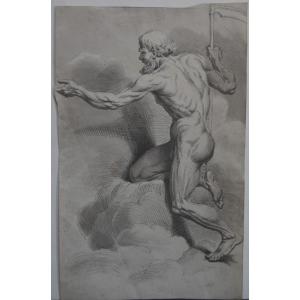
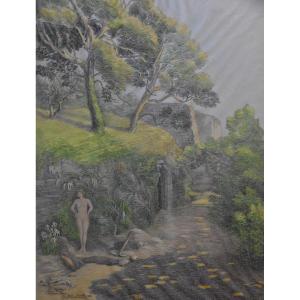



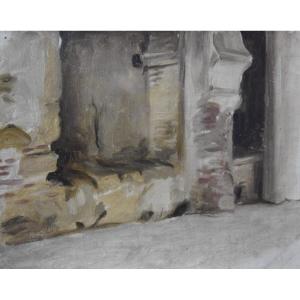

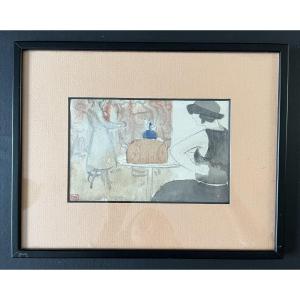
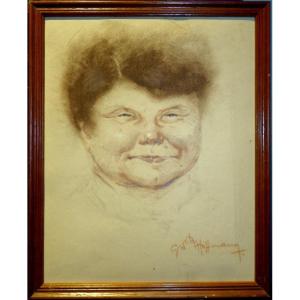
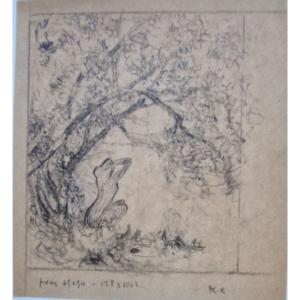

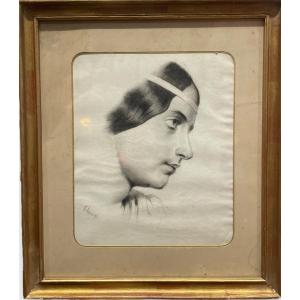



 Le Magazine de PROANTIC
Le Magazine de PROANTIC TRÉSORS Magazine
TRÉSORS Magazine Rivista Artiquariato
Rivista Artiquariato